“Break down boxes!” “Open up new solutions!” “Dream big!” These are some of the expressions heard during last month’s Silicon Valley Hack Foster Care Summit. The hackathon introduced youth, caregivers, social workers, child welfare agencies, advocates, service providers, and funders to “design thinking” – an approach to solving business and social problems that starts and ends with the user – in this case, children and youth in foster care. The hackathon also introduced technology specialists to the foster care experience –creating a real opportunity to understand the foster care system and the ways outdated technology burdens the system and those who are part of it. In doing so, we broke down boxes.
Then came the opportunity to “Open up new solutions!” Participants were divided into more than 20 “tracks” to look at complex child welfare issues in new ways in order to develop tangible models and prototypes to improve the lives of children and youth in care. With the “dream big” theme in mind, these “tracks” bore strong results. For example, teams developed designs for digital tools that would improve placement success by leveraging matching algorithms (a’ la eHarmony.com) and bringing children, youth, and prospective families into the placement process to find better compatibility based on strengths and interests. Another track developed a prototype for a communications platform that would connect youth to trusted peers and resources, enabling them to build their own support structure that would promote mental wellness. Other teams came up with innovative ways to: give children and youth secure input to the dependency court judge through pre-taped videos or audio files created on a phone; help foster youth evaluate and find training and employment opportunities with virtual reality and gaming technology; and, simplify the application process for becoming a foster parent through an online portal that tracks the process and provides online support. During team presentations of these models, developers worked with attendees to incorporate their feedback and really put “design thinking” to work.
At the end of the two-day hackathon, participants walked away with a compelling approach to problem-solving and new ideas for tackling the challenges that pervade the foster care experience. Even before the event was over, improvements in the lives of foster youth were identified and moved forward. Among the follow-up commitments were over 1,200 laptops donated to California’s foster youth, to be distributed by iFoster and TeenForce; Santa Clara County committed to piloting the Think of Us platform with its foster youth; and a number of programs and vendors in attendance pledged to use the input from their tracks to enhance the services and tools that they offer. And there’s more coming! In the weeks following the hackathon, further significant commitments and planning have been made. It is clear that cross-sector collaboration brings new resources and opportunities to foster youth and families.
Technology is one vehicle that can empower and engage youth and enhance the support structure that is necessary for them to thrive. However, the real challenge as we develop digital tools and new processes is to “think different”, change the status quo, and transform the foster care experience. Taking this step requires child welfare agencies and service providers to work closely with those with “lived experience”— foster youth and their caregivers. The Children’s Partnership is committed to supporting hackathon partners and we are currently helping plan the next hackathon, taking place in Los Angeles on April 28-29, which will build on the momentum and exciting progress made during previous hackathons, including the most recent event in Silicon Valley.
